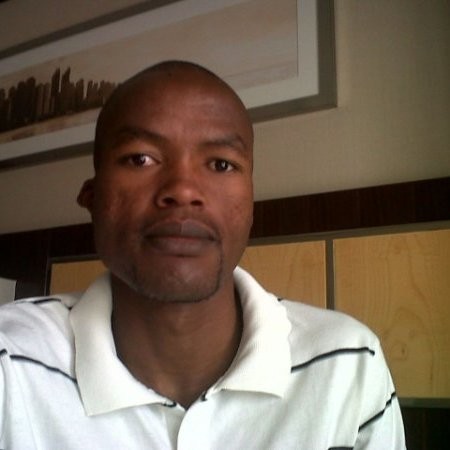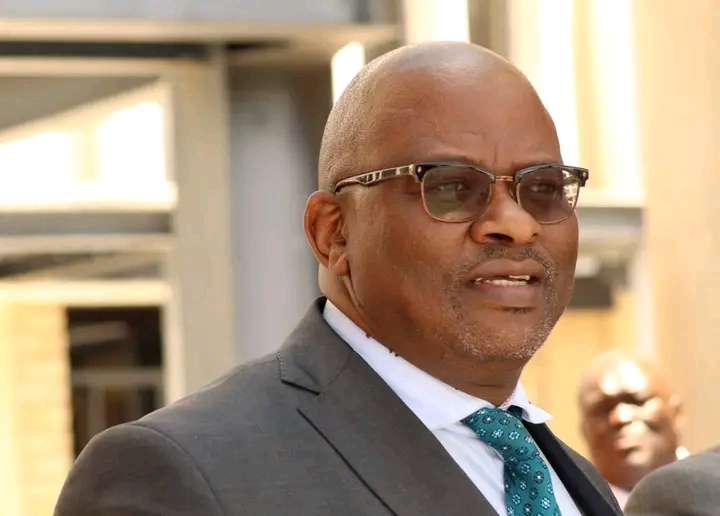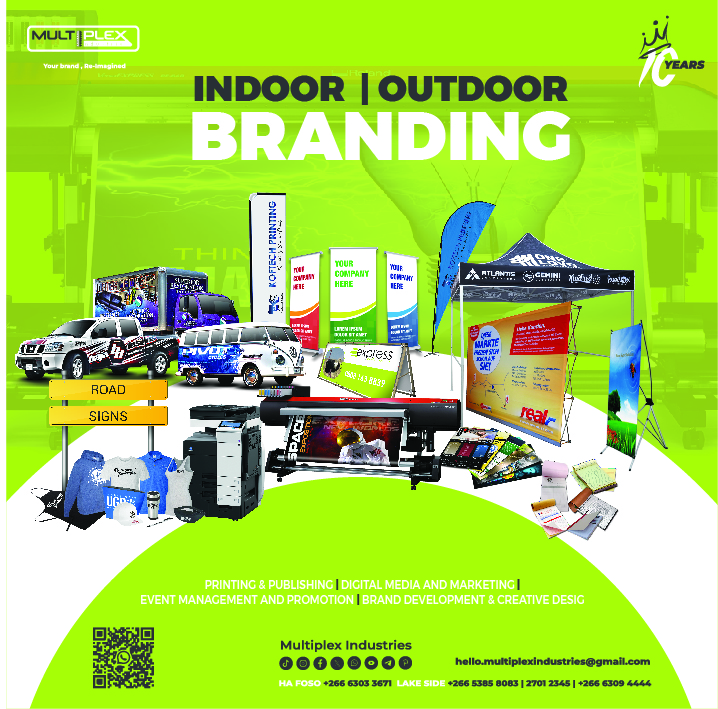…as deaths continue as a result of hemophilia
Nthatuoa Koeshe
Each year, a hemophilia patient dies in Lesotho because a nurse does not know much about the condition or there is lack of treatment in hospitals, Newsday has learnt.
According to Hemophilia Association of Lesotho (HAL) General Secretary Moeketsi Mootisa, in the past five years, at least five people under the association have died due to a number of challenges Lesotho still faces when it comes to dealing with this condition.
Mootisa, indicated that Hemophilia is a rare inherited condition that affects the blood’s ability to clot, and predominantly affects men while women can only be carriers.
“Hemophilia is a rare bleeding disorder that affects mainly men while women can only be carriers. It has two types being Heamophilia A and Heamophilia B with symptoms ranging from mild to severe, depending on the level of clotting factors you have,†he said.
He said normally, when one cuts themselves, substances in the blood known as clotting factors mix with blood cells called platelets to make blood sticky to form a clot. This makes the bleeding stop eventually whereas people with haemophilia do not have as many clotting factors as they should have in their blood thus making them bleed for longer than usual.
“Normal human beings have clotting factors ranging from 50% to 150%. Depending on the stages, a patient with mild hemophilia has 4% to 40% clotting factor, while one with moderate hemophilia has 1% to 5% clotting factor with those on the severe range with less than 1% clotting factor,†he said.
Mootisa said mild and moderate sufferers don’t have much in the form of symptoms because they do not lose blood much like the ones with severe hemophilia.
“Mild and moderate hemophilia patients will only show signs when they are involved in an accident or go through surgery while one with severe hemophilia experiences spontaneous bleeds where they lose blood frequently even if there hasn’t been anything to trigger the bleeding,†he said.
Mootisa said hemophilia is incurable and can be treated with concentrates of clotting factor VIII (for hemophilia A) or clotting factor IX (for hemophilia B) which are slowly dripped or injected into a vein.
He said these infusions help replace the clotting factor that is missing or low.
Mootisa said the aforementioned treatment is very expensive with one single-use vial costing close to M3000.
“Injection does not mean a patient will be better for long because it only stays in the system for about 8 hours after a few doses depending on how severe the bleeding is. Mild bleeds can require a two-day dose which normally needs six single-use vials per day. This can cost money close to M18 000 per day,†Mootisa said.
He said shortage of supply of the treatment and changing of brands of the factor 8 and 9 treatments can lead to a patient developing what’s called inhibitors.
“Inhibitors reject the treatment from the body and once a patient develops those, they need a different treatment which is more expensive with one vial costing close to M18, 000,†he said, adding that Lesotho does not have the necessary treatment thus forcing patients to seek for it in South Africa where they are often referred when such situations occur.
“The World Health Organization says each person living with severe hemophilia should be on prophylaxis treatment. This means they are on this treatment even when they are not bleeding. This is a preventive measures which reduce the amount of spontaneous bleeds they get in a year.
“We are currently in talks with the Ministry of Health that any patient with severe hemophilia should be on prophylaxis treatment and we have hope that this will be made possible,†he said.
Mootisa said because of the condition’s rarity, it has not been prioritised yet and people living with the condition are still faced with a nuance of challenges.
He however, said the government of Lesotho has nonetheless been paying for the treatment of patients with hemophilia in Lesotho saying this is something Lesotho should be applauded for as such a move has not been taken by many African countries.
“Some of our major challenges include lack of expertise among the medical professionals which is very limited. There are also stock-outs of the treatment at hospitals and severe patients are not on Prophylaxis,†he said.
He said treatment stock outs and lack of expertise have cost lives of close to five patients in the past five years.
Mootisa who is also living with the severe stage of hemophilia, is part of the 18 people discovered to be living with the condition in Lesotho.
According to data from 2018 given by some Lesotho medical doctors, there are about 33 people who have shown with symptoms of hemophilia but only 18 people were diagnosed.
Mootisa said only 18 people are part of the association and have been diagnosed with hemophilia and these are just people who have gone to the hospital with the condition and had signs.
He said according to the hemophilia prevalence, one male birth in 5000 births have hemophilia and according to Lesotho’s population there should at least be 220 people with hemophilia.
Mootisa’s hemophilia was discovered in 1989 when he was only 4 years old.
“I had hit my head against an ox-drawn cart trailer and that resulted into an excruciating headache whose cause the doctors couldn’t identify until I was hospitalised†he said he was later transferred to a hospital in Bloemfontein where he was diagnosed.
“At the time Factor 8 was not available in Lesotho and any bleeds I got led to Bloemfontein where I spent most of my years because I would frequently he hospitalized.
He said this happened until he was 19 years old adding that at the time spending three weeks at school was a huge achievement for him, since “…I would not play often because anything that involved physical contact would end with me bleeding which meant I had to be hospitalized.â€
He said they want to make conditions for people living with hemophilia better so that the next generation of people living with the condition does not go through the challenges they went through. “Sometimes caretakers try everything in their power to find healing for their patients and this leads them to churches and traditional doctors,†he said adding that this can come with its own challenges as those people are also not equipped with the right knowledge of what signs of a person with hemophilia are.

Your Trusted Source for News and Insights in Lesotho!
At Newsday Media, we are passionate about delivering accurate, timely, and engaging news and multimedia content to our diverse audience. Founded with the vision of revolutionizing the media landscape in Lesotho, we have grown into a leading hybrid media company that blends traditional journalism with innovative digital platforms.












